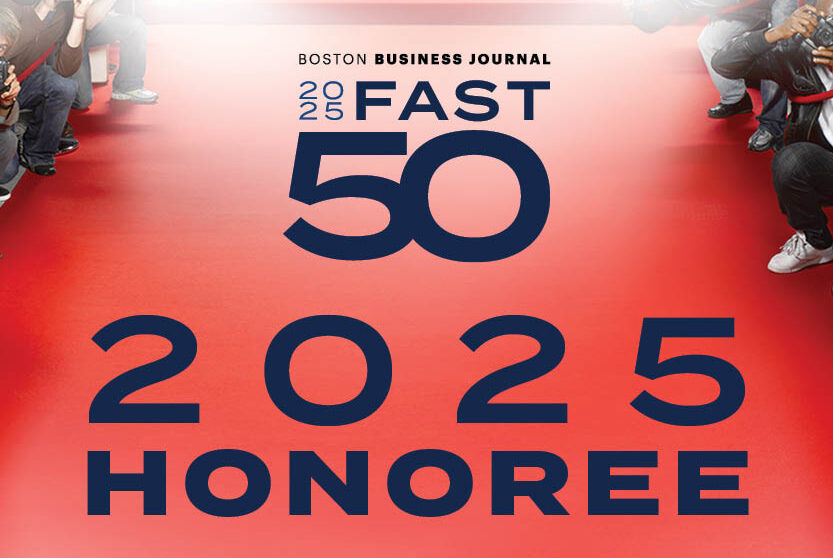
The Platform Pivot: What’s Next for the Creator Economy
Abby Gutierrez and Kate LeBlanc
TikTok Ban
Nearly three months have passed since the 14-hour TikTok ban in the United States. Since then, so much has happened: U.S. bidders have come forward to purchase the app (including Amazon and mobile-tech company AppLovin), and the 75-day deadline to find an American owner was again extended by President Trump, as of early April. While brief, the outage in January left an impactful and lasting impression on the social media world and its users, exposing the underlying fragility of platforms and how larger issues are sure to affect content creation’s future.
Key Takeaways from TikTok’s Tumult:
- Platform Shift – Creators are being forced to pivot to other platforms to maintain their online presence and make up for lack of customer engagement and declining commission
- Audience Adaptability – Audiences are quickly adapting to unreliable and sudden transitions, to continue engaging with creators
- Social Media Conversations – This sparked widespread discussion regarding data privacy and the unpredictability of the digital landscape
Not only were regular platform activities interrupted, but this has also fueled intense distrust and skepticism about the platforms’ oversight in the public sphere.
A Response
Around the same time in January, Substack introduced a Creator Accelerator Fund, a $20 million allocation to support creators’ transitions to Substack from other platforms.
What is Substack?
Substack is a newsletter and media platform driven by consumer subscriptions. Artists, writers, journalists, influencers, and creatives use the platform to share their content with a base of subscribers. Often, these subscriptions involve a paid fee, of which Substack gets a percentage. It’s an easy way for creators to build a guaranteed paid, consistent income and following rather than relying on one-off brand partnerships and/or viewership revenue, comparable to YouTube or TikTok.
The Fund
With the Creator Accelerator Fund, Substack is looking to drive creators away from other platforms and towards theirs. As the social media space experiences volatility, Substack wants to step in with the solution: come here. We’ll pay you, and if you bring your following, you’ll make your own money, too.
It’s going to bring change to the platform, likely to attract prominent influencers, journalists and other creatives alike. For journalists, it’s a space to continue reporting, with an income, given they have a following, without the confines of a traditional newsroom; it’s simply a more sustainable freelancing method. For influencers, the appeal is similar: why not go to this platform that will pay me to do so while simultaneously supporting my transition?
Big Picture: The Future of Media
TikTok has exposed the fragility of its platform, driving full-time influencers to reckon with the volatility of their livelihoods and, resultantly, their income. With this only becoming further exaggerated and exposed, other outlets are doing all they can to portray themselves as a permanent solution; Substack’s establishment of a Creator Fund is a great example of a platform quickly responding to social media woes.
With TikTok still in limbo, but with a new lifeline, it’s vulnerable to other platforms exploring and enticing creators’ platform migrations. Are we entering a new era of social media? Perhaps this shift will lead to a more sustainable model – one where those making the content have greater control over their livelihoods and platforms prioritize long-term stability amid a volatile digital landscape.




